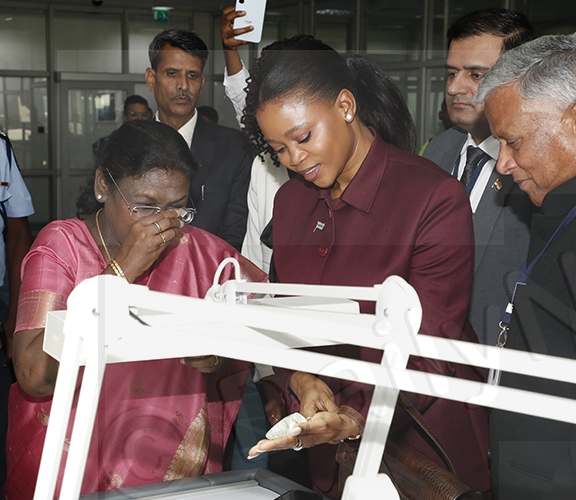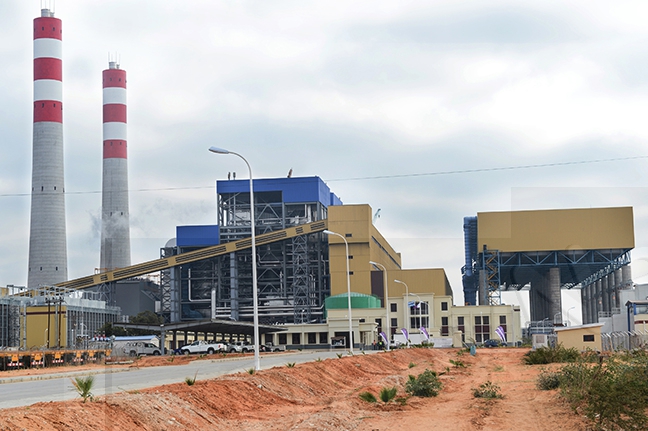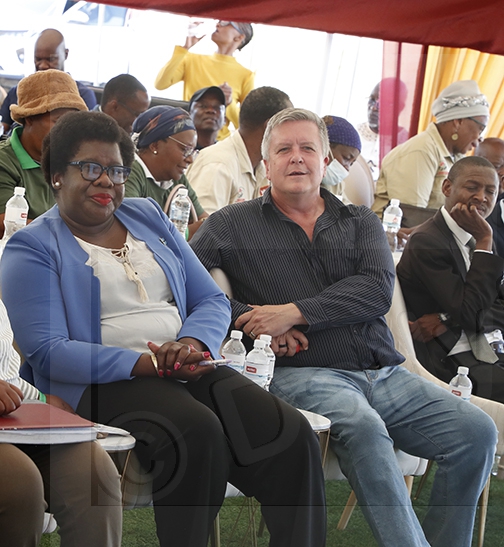Demand supply key factors in pricing - official
14 Mar 2021
Competition and Consumer Authority (CCA) Director of communications and stakeholder relations, Mr Gideon Nkala has said it is possible for suppliers or firms to engage in illegal schemes to fix prices of commodities.
He however said the organisation would have to investigate to prove if a particular case was a normal demand and supply price increase or collusive pricing.
In interview with BOPA, he said there were a number of variables that determine prices of goods.
“Mainly, prices of goods and services are determined by demand and supply and different suppliers face a variety of price structures and we believe these are taken into consideration when enterprises come up with their price strategies or models,” he said.
Mr Nkala said CCA was guided by the Consumer Protection Act, to undertake comprehensive surveys on consumer patterns and prices of market prices.
He explained that the mandate of the authority among other things, is to empower consumers and identify patterns that could call for attention or correction.
“Although CCA does not regulate prices of commodities, since the advent of the State of Emergency, CCA has proactively carried out periodic price surveys of essential foodstuff. These surveys have been shared with members of the public on the CCA public platforms.
We are convinced that the information has been helpful to the consumers in making buying decisions,” he said.
He said the CCA was aware of exponential price increase in the price of ginger and garlic, adding that the authority was currently investigating the cause of this steep increase. He added that CCA would share the information once a determination had been made.
Mr Chandra Chauhan, Sefalana’s Group Managing Director said there had been substantial prices increases on almost all grocery items. He said there was a price freeze in South Africa during the State of Emergency.
Mr Chauhan said since the price freeze had now been lifted, many price increases were coming through.
He cited as an example, the price of Tastic Rice 10kg, which has moved from P84 to P110 in some retail stores.
Rice generally has gone up in price worldwide because of COVID-19 and people are generally spending more time at home and hence consumption has also gone up.
“I note the price of par boiled rice from Thailand over the last 3 years: average price for 2019 is US$421.73 per tonne, average price for 2020 is US$520 per tonne; and average price for 2021 is approximately US$560 per tonne. This equates to almost a 38 per cent increase in price over a period of three years.”
He further said during the same period, the Rand to Dollar exchange rate had also gone down from approximately R13: US$1 to R15: US$1, which is currently the rate. Sefalana continues to promote rice, amongst many essential commodities, hence its price being below P105 whilst others sell at P110,” Mr Chauhan, said.
He noted the price increase of ginger and garlic, saying many people were using the ingredients as part of preventative measures against COVID-19.
“This created a large demand and the supply was short so prices went up,” elucidating however, that it was no longer the case as prices had stabilised after the initial increase in demand. Ends
Source : BOPA
Author : Idah Basimane
Location : Gaborone
Event : Interview
Date : 14 Mar 2021





